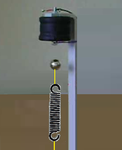Follow along with the video below to see how to install our site as a web app on your home screen.
Note: This feature may not be available in some browsers.

However I have to find the transfer function of the whole system to apply PID on it, as the system is unstable inherently